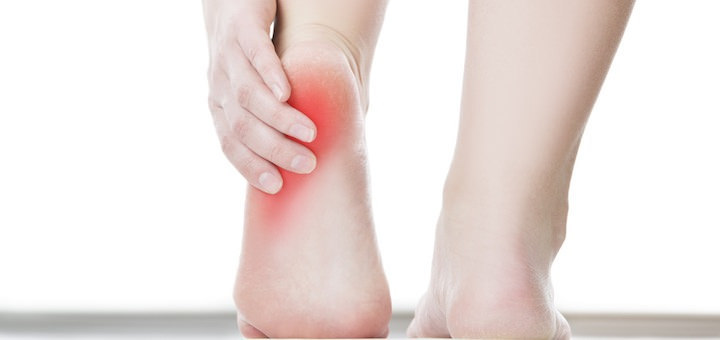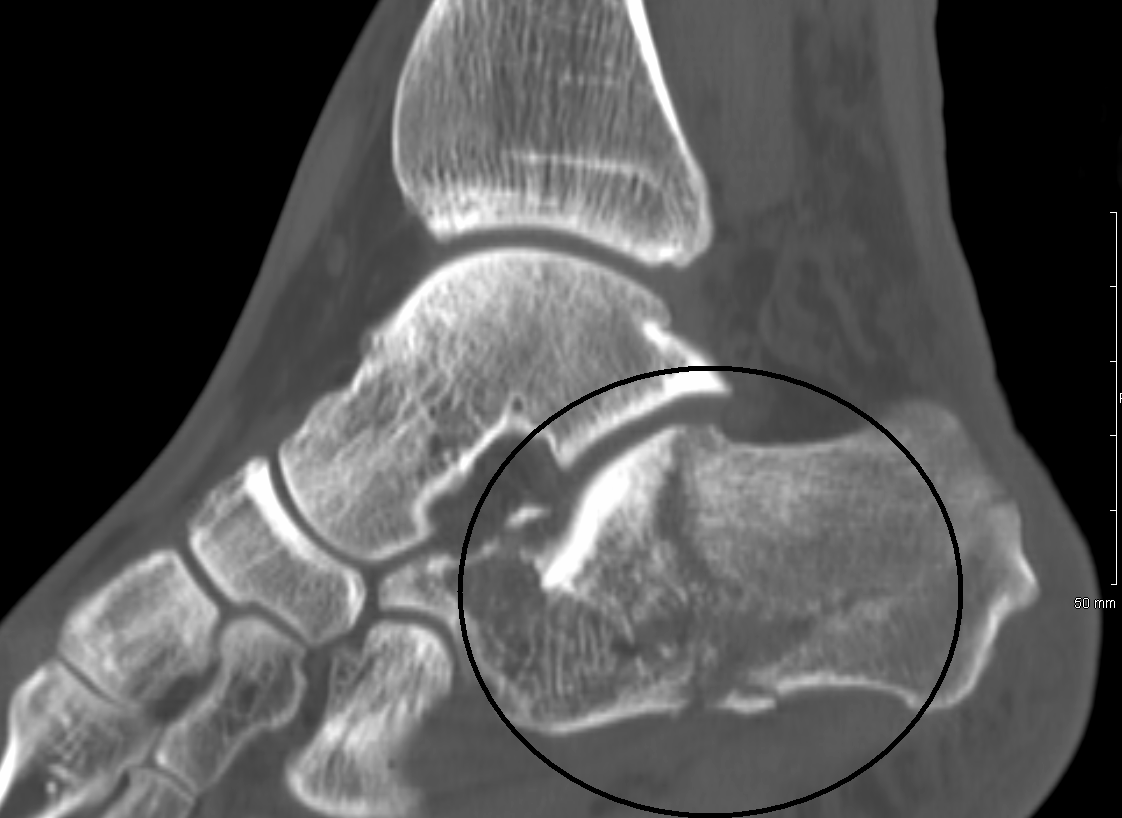
Are you suffering from heel pain? Is it causing you extreme discomfort to the point you cannot walk well? If so, you are not alone.
Roughly 8 in 10 American's are dealing with some kind of pain associated with their feet, and for most, it is troublesome to not know about what is causing this pain, and how they can fix it.
The first step to solving the problem and finding a treatment plan is getting to the root of the injury.
Bone Spur
A bone spur is an extra growth of bone on an already existing bone. They are usually caused by a strain, inflammation, or excessive pressure or friction on the bone itself. They typically develop on the back of the heel and can even be caused by the shoes you wear rubbing against the back of the bone.
When the bone is being irritated, the cells in your body react by creating more bone to protect that area from further damage. More calcium is created, and therefore the bone has extra layers growing from it, usually creating an odd shape.
If you are suffering from a bone spur, take a look at what might be causing it and is making it worse. If it is not from the rubbing of a shoe, it could be from inflammation caused by tendinitis creating irritation to the bone as well.
Furthermore, a prior injury could also be the cause. The bone around the damaged area grows to help heal the damaged tissue or tendons. A bone spur can cause pain and numbness in your heel, and needs to be treated with physical therapy, orthotics, medication, or potentially surgery, if the first three options are not effective.
Heel Bursitis
In the back of your heel bone is a fluid-like sac called the bursa. When this sac becomes swollen, it can cause heel pain and discomfort. The sac is acting as a lubricant so that your tendons can move easily and without friction against the bone.
You can also experience heel bursitis if you are in the early stages of tendinitis or have withstood an injury to your Achilles. Stress around the area can cause the bursa to become inflamed, resulting in pain. This can often go hand in hand with the heel spur as described above in a condition known as Haglund’s syndrome.
Stretching and physical therapy are the most helpful and effective ways to treat this problem. Cortisone injections are not recommended for this problem as it can weaken the tissue and promote tearing or rupture.
Plantar Fasciitis
The plantar fascia is an area of tissue on the bottom of your foot between the arch and the back heel. When this area becomes inflamed or torn, it can hurt to put pressure on your heel, and you may even experience trouble walking normally.
The area becomes very tender and sensitive to even the slightest touch. Overuse and repetitive actions such as running or jumping can cause an issue with the plantar fascia. This will either tear the tissue or cause severe inflammation that is difficult to reduce.
Plantar Fasciitis symptoms, oddly enough, become worse after you have rested. This is because when you rest or sleep, your tendon has the opportunity to tighten, creating more pain than before. So, do not be surprised if you wake up, or go to sleep, with more discomfort than you have had during the day or even while exercising.
If you notice this problem, it is important to seek treatment quickly before it worsens. There are physical therapy exercises you can do, along with injections and custom orthotics, that can keep the tissue from straining when you walk.
Stress Fractures

A stress fracture is a small, barely visible crack in the bone. They can appear on your feet if you run long distances regularly, or consistently do an exercise that requires landing on your feet with force. They can also be caused when your bone begins to deteriorate, and conditions like osteoporosis start to arise.
At first, a stress fracture may barely be noticeable, but the pain will increase over time. Unlike with Plantar Fasciitis, this pain will worsen with use, because that is when the area will become inflamed and agitated. It may feel better when resting or after sleep.
Unlike with some of these other causes, getting off your feet will help heal your ailment. You should see a doctor who will likely suggest you wear a boot or use crutches for a while, so you can take the pressure of standing away and your bone can recover.
With this type of injury, rest and less pressure can significantly help the healing process. However, most stress fractures will heal on their own given enough time, and the assurance you are not overworking it, or doing anything too high impact to make the injury worse.
Tarsal Tunnel
In your tarsal tunnel are tendons and nerves. There is one nerve in particular, called the tibial nerve, which runs through the bottom of your foot, allowing you to have sensation in that area. When this nerve becomes compressed or irritated, it can cause serious pain.
This type of discomfort in your heel will feel different than some of the other causes listed above. Watch for tingling in the bottom of the foot, burning or shooting pain.
There are a variety of treatments. You can try physical therapy to reduce irritation and inflammation of the tendons which surround the nerve, thereby releasing the pressure and allowing the nerve return back to normal. You can also try injections to the area to reduce swelling and accomplish the same effect.
Fix Your Heel Pain Today
Now that you understand some of the various causes of heel pain, you can begin to solve the problem and return to a pain-free life. However, you must be patient, some of these ailments may take several weeks or months to get better.
We want to help you recover! If you would like to know more about how our New York Orthopedic Surgeon office can help solve your heel pain or to schedule a consultation, contact us today.







